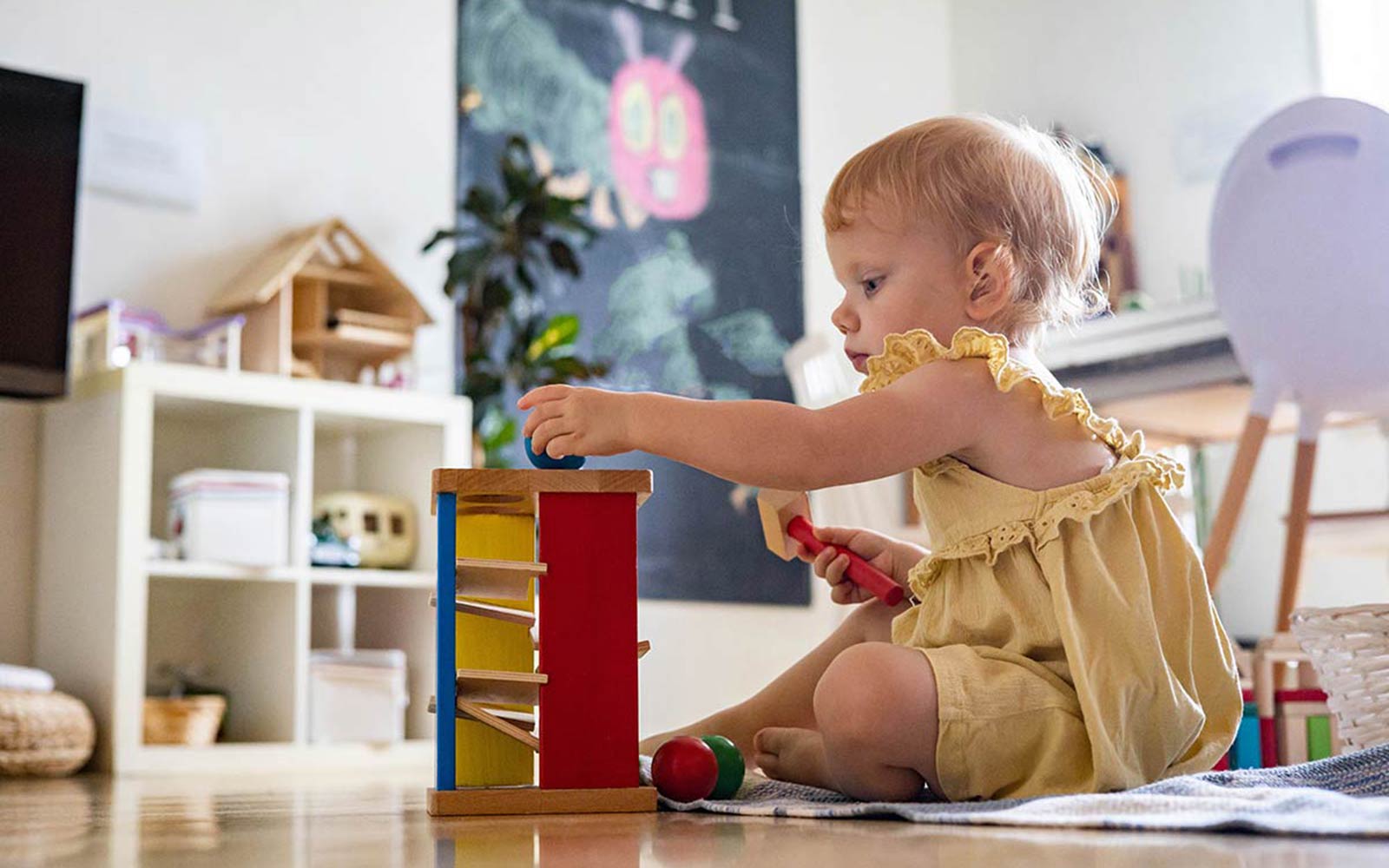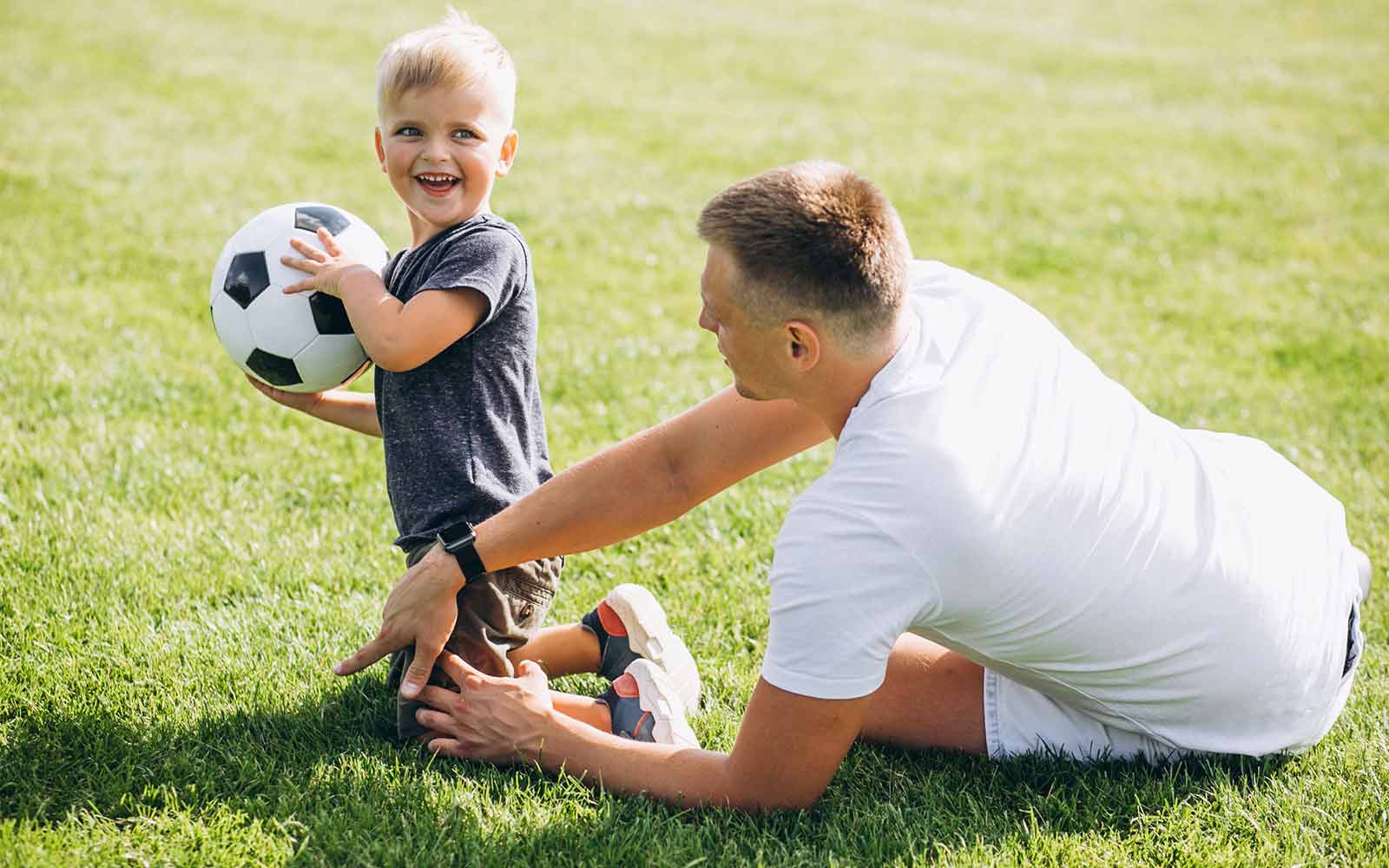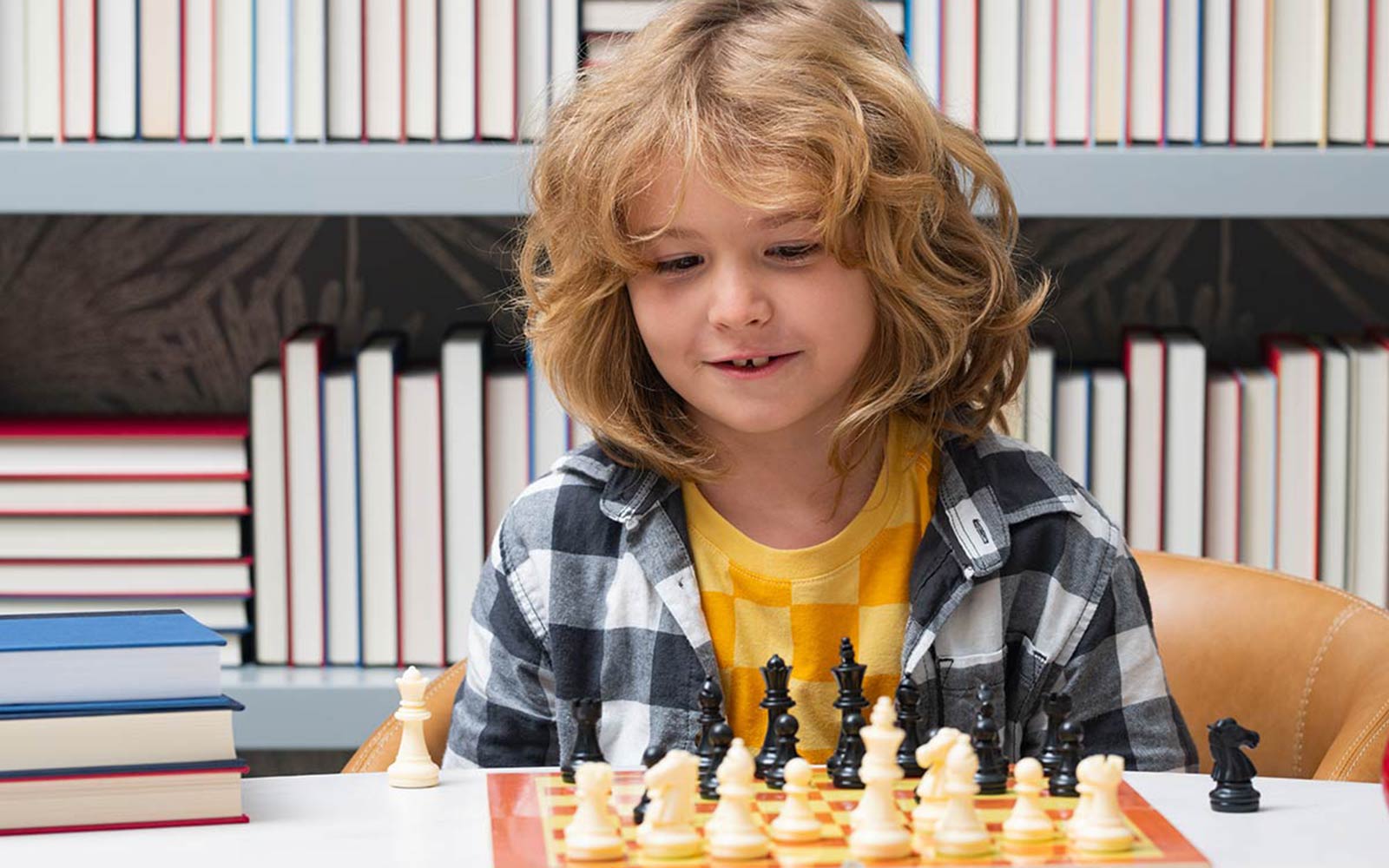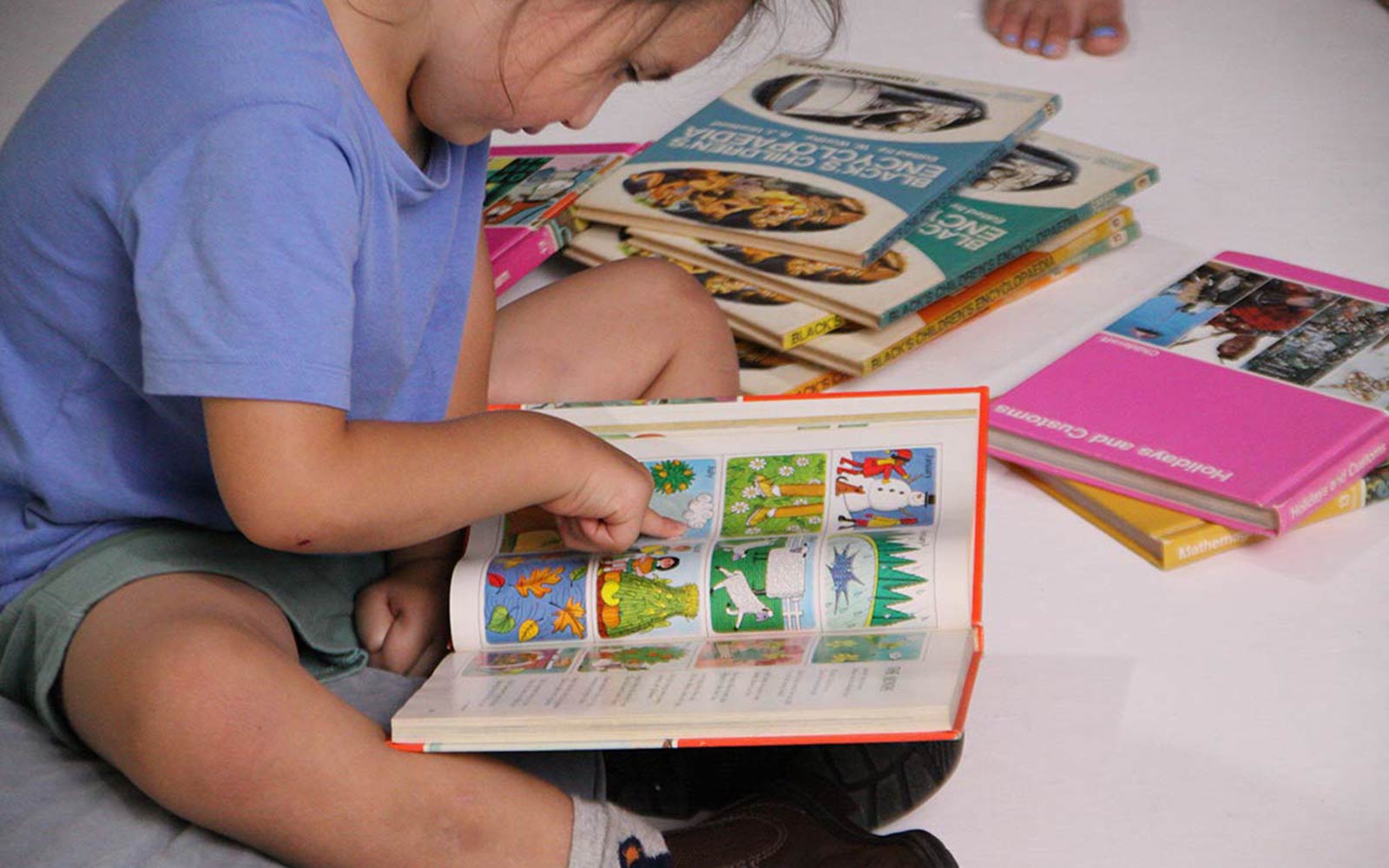We can often get caught up in the excitement (and rightfully so) that we forget about all the small cognitive, social and physical developments going on behind these big milestones. The most important thing to remember when it comes to milestones is that children develop at their own pace. What's more, the endpoint of a child’s development is also variable – whether it’s running, walking, swimming, singing or painting. As humans we are all very different.
Why is There Variation in Development?
When looking at milestones and development, we often wonder whether it comes down to nature and a baby’s genetics? Or is it nurture – the environment in which a baby is raised?
While a baby is born with a certain genetic blueprint, they also need the right experiences and environment to optimally develop. But there is so much more at play than simply the genes inherited at birth; rather it’s a complex network of genetics, nutrition, relationships and environmental factors.
When a baby is born their brain is around a quarter of the size of an adult brain and it has around 250 billion brain cells. As cells start to form connections to communicate with each other, the brain goes through a growth spurt and these connections, or synapses, are the foundations of brain development. Throughout childhood and as the brain grows, trillions of these connections form. The brain doubles in the first few months and will reach 80% of adult size by the time the child is three! Learn more about children's concentration in Three Things to Know About Concentration in Little Ones.
How do We Shape These Connections?
As parents, we want to help our children along in their learning journey. This is where neuroplasticity comes into play – and what we referred to previously as nurture.
Because growing and forming the connections or synapses in the brain isn’t enough, the brain needs to be used and shaped in order to become strengthened. So, how do we strengthen these connections and turn them into the growth and development we see on the outside?
Five Tips for Nurturing Cognitive, Social, and Physical development in Your Little Ones
A Wholesome Diet
Specific nutrients including iron, iodine, choline and healthy fats such as omega-3 fatty acids found in fish oils - docosahexaenoic acid (DHA) and eicosapentaenoic acid (EPA) - help ensure your little one is getting what they need to thrive.
This is not always easy with toddlers or fussy eaters which is where good quality children’s vitamins and omega-3 supplements for kids can come in handy to fill the gaps.
Kids’ Supplements
If you are concerned as to whether your child’s diet is in line with nutritional guidelines, you might find yourself asking all sorts of questions i.e., ‘how much vitamin C for kids?’, or ‘how much vitamin D should my child be getting?’
It’s important to provide children with a healthy, balanced diet in order to support their nutritional needs. However, kids’ vitamin, mineral and other nutritional supplements can be a good idea in order to top up nutrient levels and fill any dietary gaps.
Plenty of Playtime
Children need time for exploration and learning through play, observation and hands-on experiences. Giving your child time for age-appropriate play, games and activities will help strengthen both their physical and cognitive development.
When they are doing tummy time as babies, it’s never too early to start to place a small toy just out of their reach. You’ll be amazed at how they will start by looking at it and, over time, as you move it further and further away, they will start to reach for it and eventually crawl towards it.
Time for rest
Sleep is an essential component for brain development and thought to be when new skills and memories are ‘cemented’ into the brain. Making sure children get enough sleep as part of their daily routine is key to not only brain development but also to their overall health and wellbeing.
Relationships
A loving and nurturing relationship with a primary caregiver is one of the most important predictors of brain development and is known to promote learning and even IQ. A loving relationship in which your child feels safe and seen and where they can engage in interactions, or ‘serve and return’, will help to build the foundation for further learning.
Development Beyond Milestones
It’s so easy for us as parents to get caught up in the milestones and the age our child walks, talks or rides a bike. While this is important, it can be a good idea to look at the meaning behind the milestones and consider the dynamic processes that are taking place right from the moment a baby is conceived.
These insights will help us to best support our children by harnessing this unique window of growth and development from birth and throughout childhood. For even more tips, check out 12 Simple Ways to Super-Charge Your Child's Brain Development.




